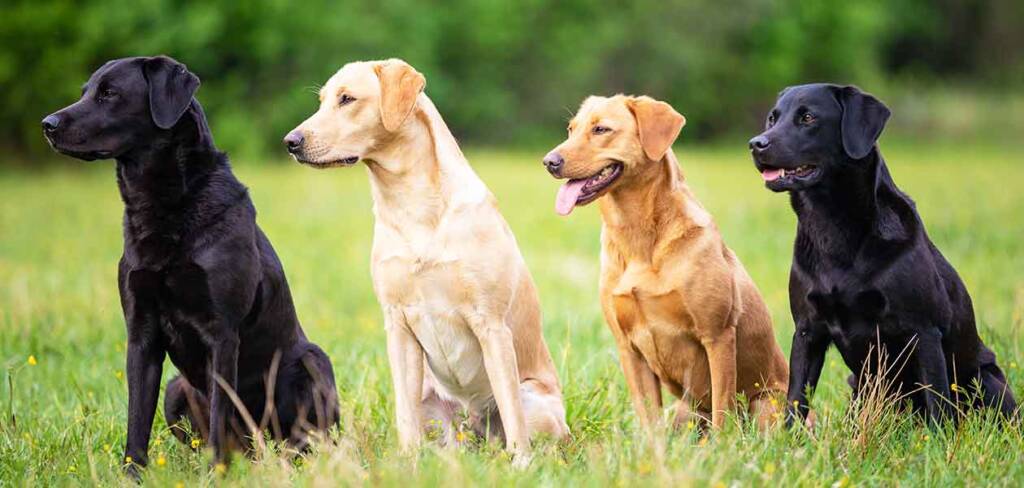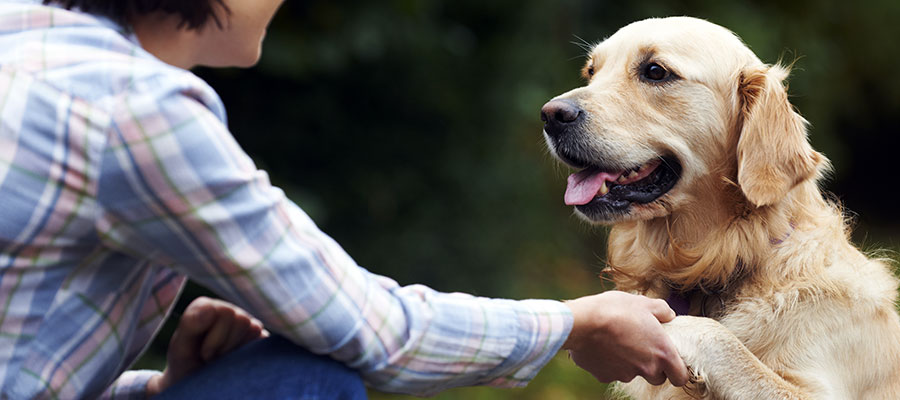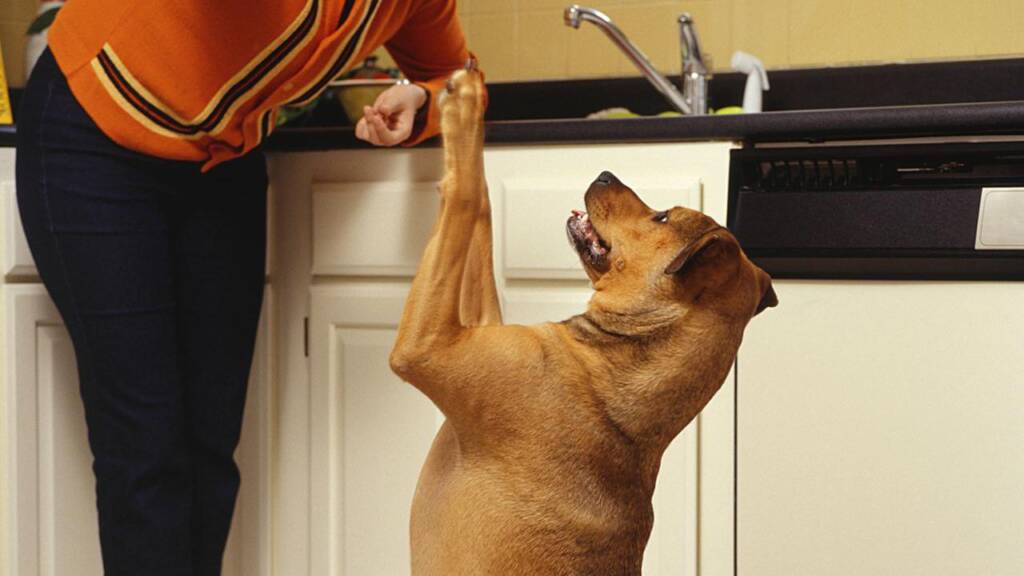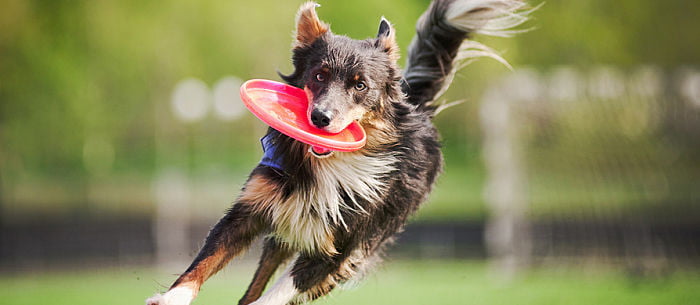Labradors for Field Trials: The Labrador retriever is one of the most popular dog breeds that are well-known for being family companions and friendly pets. However, more than just being a social breed, Labs have the skills and instincts required for training for field trials.
As part of this article, we will provide a short overview of how Labradors came to work in the field and some tips for training your Lab to do fieldwork.
Training Labradors for Field Trials: A History
Historically, Labradors have been used as fishing dogs since the 16th century when they were first developed. The webbed paws and waterproof coats of these animals are proof of this fact.
Although Labradors have been recognized as an official breed by the English Kennel Club since the early 1900s, they didn’t become official until the early 1900s. Their main purpose at that time was to assist hunting dogs.
Back then, Labradors were considered perfect hunting companions due to their black coats and short hair. Black Labradors were preferred in hunting, which led to a tradition of breeding only black Labradors.
Field Labrador: What is it?
There is only one breed of Labrador in the world, but there is a distinct distinction between a show Lab and a working Lab. This distinction was brought about through specific breeding.
Show labs are not always bred with field labs and vice versa. Eventually, this has caused significant differences between the two. Even this study that examined the genes of Labradors divided them into two types: the Common Lab and the Field Lab.
1. Show Labrador
Show Labradors are stockier than standard Labradors. These dogs are sometimes referred to as English Labradors. A labrador of this type has a generally lower energy level than one of its field counterparts. Typically, Labradors are bulky and have wide tails, showing classic Labrador looks.
2. Field Labrador
The field lab, or American lab, on the other hand, is more athletic and appears leaner and less stocky than the show lab. They are specifically bred for work, so they require more exercise to keep up with their energy levels.
A study in 2015 indicated that field Labradors are not suitable for a family with children since they are less likely to exercise in a household with children.
Because field labs need a lot of exercise, they are not a good choice as pets unless you have the time and energy to devote to them.
What does fieldwork entail?
Fieldwork competitions or field trials aim to demonstrate the natural retrieving abilities of dogs. Labradors were bred to retrieve game during hunting expeditions, and that is the reason why they were bred in the first place.
Field trials are not limited to Labradors. There are other breeds that have been used as retrievers in field trials as well. Field trials are extremely intense as organizers try to simulate what being a hunting dog is like during the day.
Preparing your lab for field trials
In your opinion, what is the best way to train your Labrador for field testing?
Take a look at these tips and suggestions for training your Labrador retriever for field trials:
1. Get them started early.
You should begin training your lab for field trials at an early age if you are committed to training them. For them to be successful as hunting dogs, you must pique their interest. Begin by introducing them to small, common birds. The birds will slowly become interested, and you can eventually work your way up to larger birds.
2. In training for field trials, expose your labs to gunfire.
A successful hunting dog must become accustomed to the loud sounds made by gunfire.
Start by making small banging noises. Otherwise, you risk scaring your Lab if you start with extremely loud noises. Build up their tolerance to sound until you are confident that they are already accustomed to gunfire.
It is important to note that dogs sometimes get anxious, so you should not force them into it right away. Take your time and make sure your Lab feels comfortable with it.
3. Train them in obedience.
Among the most important traits in fieldwork are obeying orders and being obedient. For your Labrador to be successful in the field, it needs to follow the instructions of its handler. When you train your Lab early on to be obedient, you will have a better chance of training them for fieldwork.
4. Teach them to obey commands.
In conjunction with the previous suggestion, a dog that has been well-trained in commands will perform better in field tests. Therefore, you should make sure that your Labrador retriever will be able to accomplish any task you set for them, such as retrieving the game and returning it to you, efficiently.
5. Introduce them to swimming and water.
To prepare your Lab for work in the field, you need to train them in water. You can introduce them to shallow water and move on from there.
Nevertheless, make sure that your dog does not get too cold or too hot in the water. You should not expose your Labrador to temperatures or levels of water that they will not be comfortable with. Make sure they do not swim against their will. Put out a toy that they can retrieve instead to arouse their interest and spur them on.
6. Allow your Labrador retriever to experience nature.
The Field Tests will be outdoors, so training your Lab in the outdoors will be crucial to their success.
Introduce your Labrador little by little to walks, and gradually introduce them to an outdoor environment. As you engage in these outdoor activities, you must make sure your Lab remains on its best behavior.
7. Train your laboratory for fieldwork with a professional.
An excellent option is to contact a professional trainer to assist you in preparing your laboratory for field trials. Since professional trainers already know how to train Labradors to work in the field, if you are relatively inexperienced in training your Lab, this could also be a great help.
8. Train with clubs or groups.
There is a thriving fieldwork community. Hundreds of dogs and dog owners compete in field trials worldwide. It is a great idea to share your experiences and learn from them when preparing your Labrador.
Conclusion
Field trials will require a lot of training from your Labrador. It will take a lot of patience and persistence. However, if you are determined, that won’t be a problem. Getting your dog prepared for an activity that both of you enjoy will further strengthen the bond between you and your companion.
How do you train a lab for field trials?
To release your dog, blow a whistle, use a hand signal, or give him a verbal command. Your dog will then learn to stay steady. Repeat steadying before retrieving or fetching, gradually increasing the duration the dog must wait before being released.
What is the best age to train a Labrador?
Training puppies should begin as early as 8 weeks of age. You might regret waiting until your dog is older, say 6 months old. The first six months of a dog’s life are the most critical, says Robert Milner of Duckhill Kennels.
What are Labrador field trials?
In competitive conditions, field trials are used to test a gundog’s working ability. Trials are modeled after a day of shooting in the field, and dogs are required to work with a variety of games, from rabbits and hares to partridges and pheasants.



